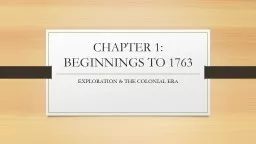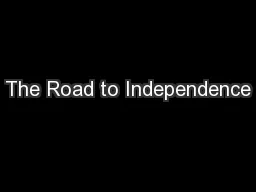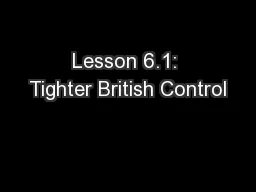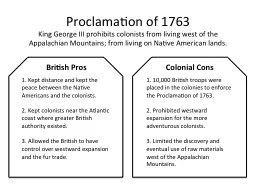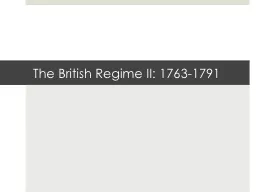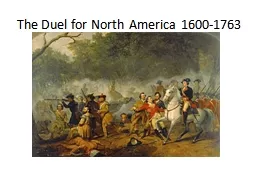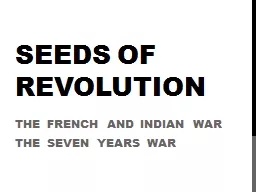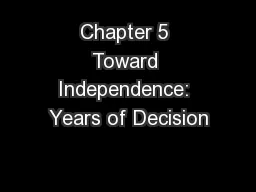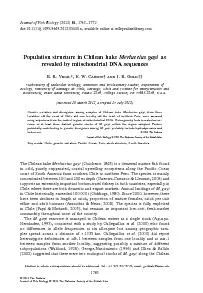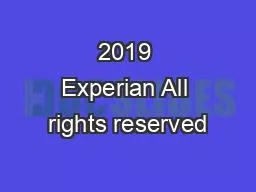PPT-CHAPTER 1: BEGINNINGS TO 1763
Author : tatyana-admore | Published Date : 2018-11-05
EXPLORATION amp THE COLONIAL ERA THE AMERICAS WEST AFRICA AND EUROPE SECTION 1 Ancient Cultures arrived about 22000 years ago via a land bridge Earliest settlers
Presentation Embed Code
Download Presentation
Download Presentation The PPT/PDF document "CHAPTER 1: BEGINNINGS TO 1763" is the property of its rightful owner. Permission is granted to download and print the materials on this website for personal, non-commercial use only, and to display it on your personal computer provided you do not modify the materials and that you retain all copyright notices contained in the materials. By downloading content from our website, you accept the terms of this agreement.
CHAPTER 1: BEGINNINGS TO 1763: Transcript
Download Rules Of Document
"CHAPTER 1: BEGINNINGS TO 1763"The content belongs to its owner. You may download and print it for personal use, without modification, and keep all copyright notices. By downloading, you agree to these terms.
Related Documents

